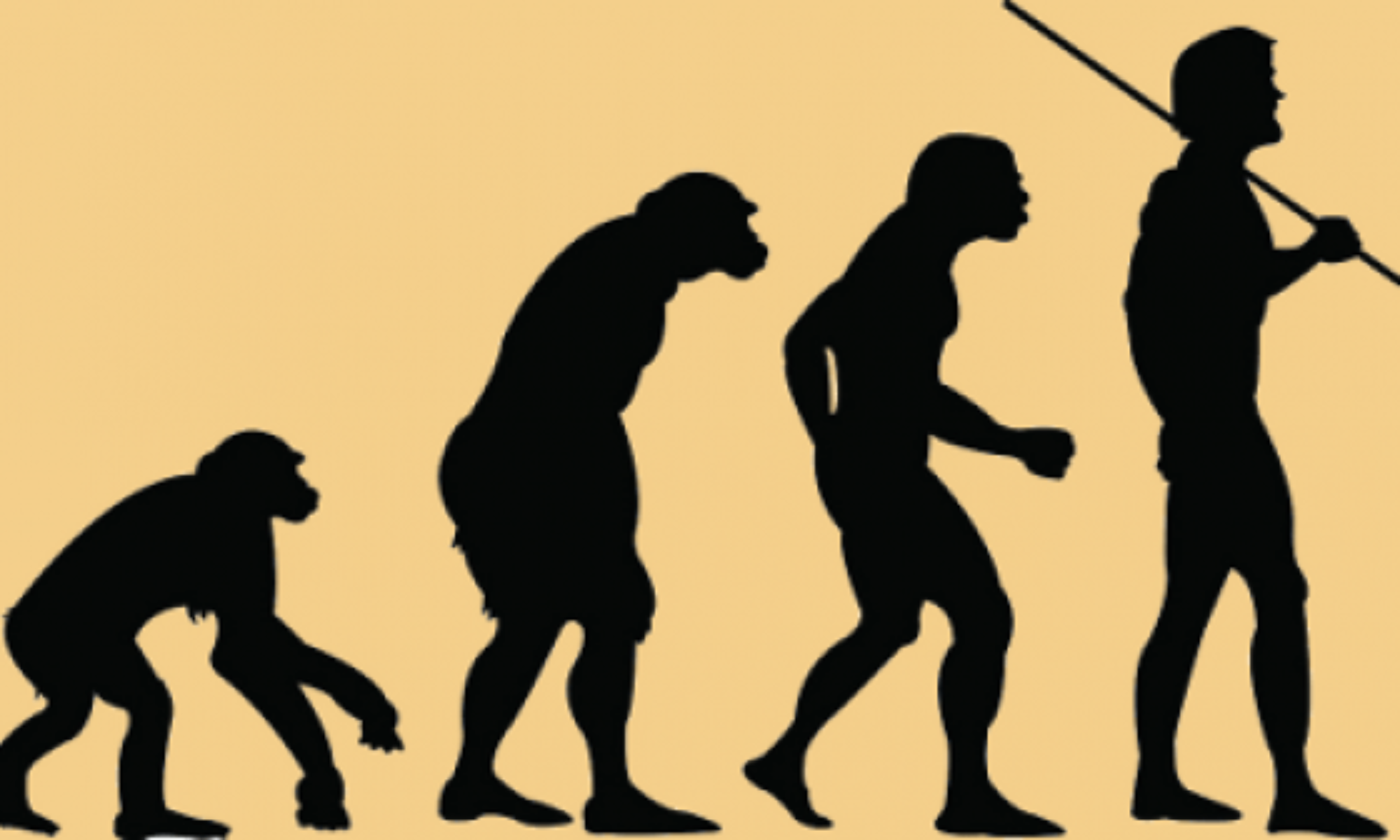Chapter 9: Paleofantasy, in Sickness and in Health
Dr. Zuk starts off this chapter with the assertion that all of the reasons why people are trying to emulate our hunter-gatherer ancestors are because they are trying to live healthier lives. I agree with this sentiment and think the same of myself as I workout and eat healthy because I want to stay healthy and live a long, healthy life. There are many diets and lifestyles that promote that following them will protect one from certain diseases, but Dr. Zuk isn’t necessarily convinced of this argument. Instead she looks at our genes and evolutionary past to give us insight into the complex relationship we have with diseases. She agrees that many infectious diseases caused by bacteria, viruses, and parasites originally were transferred to humans by intensive farming as these animals were kept in large quantities and close quarters with humans. Although she agrees with this sentiment she also poses the idea that everyone dies of something and it’s hard to tell how long these diseases have been prevalent in humans. Humans have always been susceptible to disease and many of our genes originate from bacteria, so that the idea of disease being an advent of agriculture is a bit far fetched.

She also introduces an interesting viewpoint about genes and their incredibly long battle against infectious agents. She uses the example of AIDS to make the point that although there are new diseases, our genes are also evolving to counteract the virulence of these diseases. We have recently discovered the gene, CCR5-delta, which codes for a protein on T cells that prevents HIV from infecting the T cells. A group of scientists from the National Cancer Institute surveyed a thousands of people from different ethnic groups and used mathematical modeling to pinpoint that the gene originated about 700 years ago. This gene also was selected for, which means it had a legitimate affect on increasing fitness. It is theorized that this gene helped young kids survive smallpox, which is why it was able to increase fitness as smallpox killed children at a young age. Although CCR5-delta is a promising gene, it has its tradeoffs as research has shown that although it confirms immunity to HIV, it increases the likelihood of severe West Nile virus symptoms. Dr. Zuk uses this example to show that although gene evolutions are promising in fighting diseases there is always a tradeoff that comes about with adaptations.
Next, Dr. Zuk questions the widely-held idea that cancer is a modern illness. Cancer is supposed to be a recent phenomenon as it is due to increased technology radiation, poor diets, and other carcinogens. These all hold weight, but Dr. Zuk believes the increase in cancer diagnoses is not necessarily because the disease is more prevalent, but because our technology has gotten better at detecting it. Similar with COVID-19, originally our testing capabilities were so poor that the confirmed cases number was so low. Yet, recently with the increased capabilities of antibody tests we have seen that the actual infection rate might be much higher than we once thought. Much of the thinking behind cancer is a modern-day ailment is that remains (bones) of older humans don’t show any signs of cancer. This isn’t necessarily definitive, however, as most of the time cancer doesn’t metastasize to the bones before it kills the patient. Dr. Zuk cites Tony Waldron’s research in 1996 where he analyzed records from the early 1900’s (before smoking was prevalent) and then burials in the 17-1800’s. He then used current day statistics to predict the prevalence of certain types of cancers and how they would present on ancient skeletons. What he surprisingly found was the rates were the same nowadays as they were hundreds of years ago. This suggests that there were many natural carcinogens that caused cancer in the past, and one of these could be infectious disease. Dr. Zuk uses this sentiment to propose that it is human nature to be vulnerable to all types of diseases and it is impossible to prevent senescence. Many of our genes that could increase fitness may in the future increase susceptibility to disease, which is what she calls negative pleiotropy. These genes continue to be passed on because they increase fitness so they are passed on before the negative part of the gene ever takes place.
